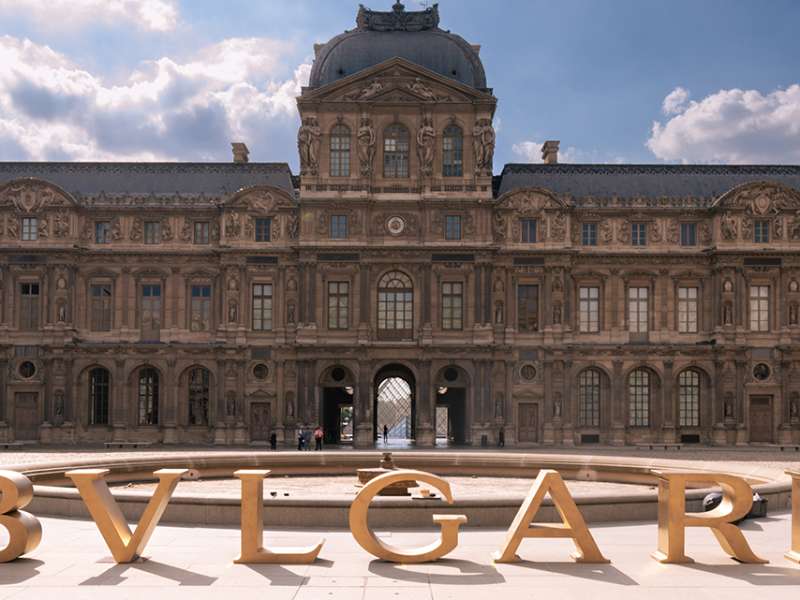Jalan Goa Lempeh, Banjar Dinas Kangin Uluwatu, Bali +62 361 3001000 or +62 361 8471000
Jalan Goa Lempeh, Banjar Dinas Kangin Uluwatu, Bali +62 361 3001000 or +62 361 8471000
The acclaimed Mexican artist Miguel Covarrubias and his wife Rose were among the first westerners to immortalize Bali in art. The two first traveled to Bali in 1930 and quickly became fascinated by Balinese life, particularly by rituals, offerings, and festivals. Covarrubias's 1937 book Island of Bali is a remarkable source of information about the art, ritual life, and customs of parts of Bali he had observed during the years he lived there.
In his painting Tanah Bali, which means “Land of Bali”, Covarrubias defines the striking geographical features of the island. A trail of volcanoes divides the land, with the two largest, Gunung Batur and Gunung Agung, dominating the east. Smoke rises from the still-active crater of Batur, while the sacred lake Danau Batur fills the volcano's huge collapsed crater, or caldera. Terraced rice fields descend the fertile slopes to the southern shores. The most sacred temple, Pura Besakih, is on the southern slope of Gunung Agung, the most sacred mountain in Bali. Other famous temples dot the island. You can see a replica of the famed work at Bvlgari Resort Bali.

Last night, Bvlgari celebrated the launch of Masterpieces from the Torlonia Collection, a new exhibit at the Louvre. As a supporter of the Torlonia collection since 2017, Bvlgari hosted the opening event, welcoming some 100 guests to the Louvre for cocktails, a private tour of the show and musical performances. The largest private collection of ...